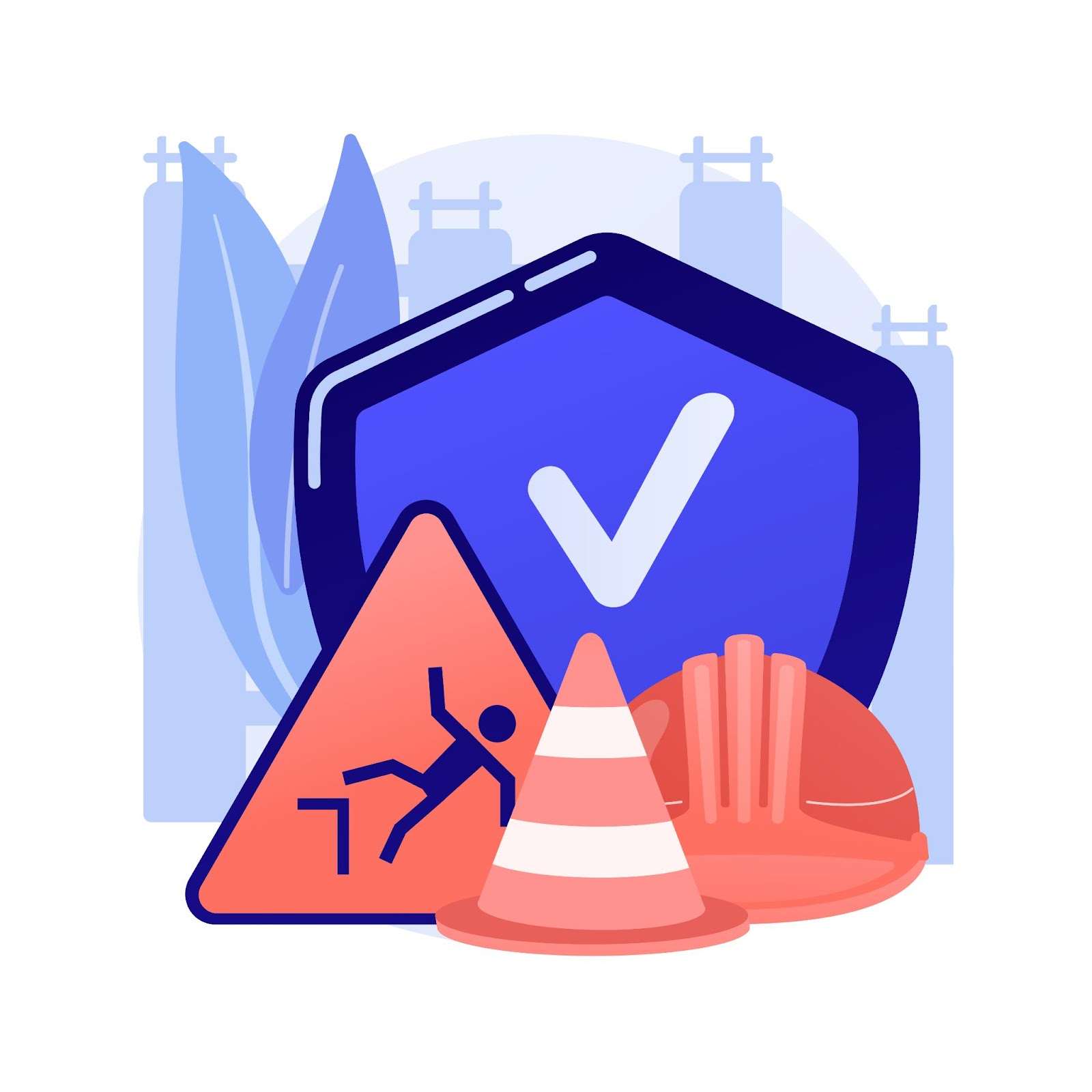
Equipping a job site is more than just placing tools and machinery in the right spots. It’s about creating a work environment that is safe, efficient, and productive. Whether you’re managing a construction project, a manufacturing facility, or a temporary work zone, the right equipment—deployed in the right order—can make or break your timeline, your budget, and most importantly, your team’s well-being.
In this article, we’ll explore the essential priorities when it comes to equipping your job site. From safety to logistics, communication, and worker welfare, we’ll walk through the top considerations to ensure your project is set up for success.
1. Safety First: Build a Solid Foundation
Before a single nail is hammered or a machine is started, safety equipment must be in place. Safety is the most crucial priority and the first element to address when setting up any job site.
a. Personal Protective Equipment (PPE)
Every worker should be equipped with the proper PPE based on the tasks they’ll perform. This includes hard hats, safety glasses, gloves, steel-toed boots, high-visibility clothing, and hearing protection.
b. Site Safety Systems
Set up perimeter fencing, signage, and barriers to protect both workers and the public. Install fall protection systems (guardrails, safety nets, or harness anchor points) if work is being done at heights. Fire extinguishers, spill kits, and first-aid stations should be easily accessible.
c. Safety Training and Compliance
Make safety part of the equipment plan. Ensure all employees are trained on how to use gear and machines safely. Provide tool-box talks and conduct regular safety audits to maintain compliance with regulations like OSHA (or your regional equivalent).
2. Power and Utilities: Establishing Your Backbone
Once the site is secured, the next priority is setting up the utilities that power your operations.
a. Temporary Power Solutions
Install generators, power distribution boxes, and cable management systems early. Position them where they’ll be out of the way but easily accessible for fuel and maintenance.
b. Lighting
Good lighting is critical—especially if you’re working in early mornings, late evenings, or indoors. Use high-quality LED floodlights to ensure full visibility throughout the site.
c. Water Supply and Drainage
Whether it’s for mixing materials, cooling equipment, or ensuring worker hygiene, a clean water source is essential. Make sure proper drainage and wastewater systems are in place to prevent hazards and environmental violations.
3. Tools and Equipment: Function Over Quantity
Equipping your site with tools is more strategic than just making a list. It requires matching the equipment to the job phases and avoiding excess that can clutter or cause confusion.
a. Prioritize Essential Machinery
For construction, this might include excavators, loaders, and cranes. For technical sites, it may be servers, workstations, or test benches. Rent or purchase based on project timelines to reduce idle equipment costs.
b. Storage and Maintenance
Plan for where tools and equipment will be stored. Use job boxes, trailers, or secured containers. Ensure regular maintenance schedules are in place to keep everything running safely and smoothly.
4. Communication Systems: Keeping Teams Connected
No matter how many tools you have, a project stalls if communication breaks down. Invest in the right tech to keep everyone informed and aligned.
a. Radios and Intercoms
For large job sites, walkie-talkies or two-way radios are invaluable. Assign channels to teams (e.g., electrical, plumbing, supervisors) to streamline communications.
b. Digital Project Management Tools
Tablets or rugged laptops with access to digital plans, punch lists, and scheduling tools can significantly increase on-site coordination. Tools like Procore, Buildertrend, or custom apps ensure team members stay on the same page.
5. Material Handling and Logistics: Make Movement Efficient
Getting materials to the right place at the right time is essential. Poor logistics planning can lead to delays, damaged goods, or unsafe conditions.
a. Lifting and Transport Equipment
Use forklifts, pallet jacks, wheelbarrows, or cranes based on material type and site layout. Don’t forget accessories like rigging gear, straps, and load indicators.
b. Storage Layout
Design a layout that minimizes the movement of heavy materials across the site. Keep high-turnover items nearby and bulky, less-used materials stored safely out of traffic paths.
6. Worker Welfare: Comfort Supports Productivity
Happy workers are productive workers. Consider their physical and mental well-being when equipping your site.
a. Sanitary Facilities
Portable toilets, handwashing stations, and changing areas should be clean, well-stocked, and easily accessible.
b. Rest Areas and Break Rooms
Designate shaded or enclosed areas with seating, water coolers, and even heating/cooling, depending on climate. These areas are vital for recovery during breaks and help maintain morale.
c. Emergency Preparedness
Ensure all workers know where to go in an emergency. Equip the site with evacuation maps, alarms, emergency contact boards, and muster points.
7. Environmental Controls: Be a Good Neighbor
Projects don’t happen in a vacuum. Make sure your site is equipped to minimize environmental impact.
a. Dust and Noise Control
Use water sprayers, sound barriers, and dust screens when necessary. Comply with local regulations on noise levels and work hours.
b. Waste Management
Place labeled waste containers and recycling bins throughout the site. Plan for the removal of hazardous materials through certified services.
8. Scalability and Flexibility: Prepare for Growth and Change
Projects evolve. Your job site equipment plan should be adaptable as workloads and workforce sizes change. Scalable equipment hire solutions can help you adjust to project demands without long-term commitments or unnecessary capital investment. Use modular scaffolding, temporary offices, and portable power units that can grow or shrink with your needs. Plan your equipment investments in stages—don’t overload the site at the start. Align new deliveries with each phase of the project to keep the site lean and focused.
A well-equipped job site balances safety, efficiency, and comfort. The best project managers treat equipping the site as a strategic task, not a checklist. Start with safety and utilities, follow with communication and logistics, and never overlook the human element.
By planning equipment needs around actual workflows and worker well-being, you create a space where work gets done better, faster, and safer. In the end, the job isn’t just about the tools—it’s about how well the environment supports those who use them.

